Tips for Teaching English as a Foreign Language in South Korea
For new teachers, the idea of having to teach English as a foreign language can be a bit overwhelming and confusing to wrap your head around, especially if this is your first time teaching.
How can I be a good teacher while also making sure my students are engaged in lessons and understand what I am trying to teach them?
It also didn’t help that while there were tons of teaching tips on Reddit, most of the teaching methods were outdated and most of the time omitted how culture and society affects how you will have to teach certain material.
One of the first things I made sure I did prior to arriving in South Korea was to try to get some experience in teaching/education. While I did have experience being a teaching assistant during my undergraduate and graduate time, teaching in South Korea would be the first time I would be the primary teacher and basically in charge of a bunch of toddlers. Therefore, I decided to become an After School Program teacher at my local elementary school and I volunteered as a Reading/Language Arts tutor for middle school students. I also started helping out with the ESL classes provided to the adult and elder members of a local church in my town. Once I was accepted into CIEE’s Teach Abroad in South Korea program, I was able to get my TEFL certificate and volunteered to teach English to primarily Spanish speaking students and their parents.
While that sounds like a lot of volunteer work, I wanted to be sure that I was ready to take on the mental and physical workload of a teacher. Despite having a lot of volunteer experience, I still felt like I was kind of thrown to the wolves and had to pretty much figure out what worked for me and what worked better for my students. I also had to face other challenges like the pandemic and figure out how to adjust my teaching style for online classes and e-learning.
TEFL Certification and Practicum
Once I was accepted into the Teach Abroad in South Korea program, I was also enrolled in CIEE’s 150-Hour TEFL course. One of the requirements of this course was to complete a 20-hour practicum of teaching experience either as the lead teacher or a co-teacher of ESL students. Because I grew up in a predominantly Spanish-speaking area, I decided to volunteer at my local elementary school as an ESL teacher for Spanish-speaking children. I also was able to help start an evening ESL program for parents and adults learners at the same elementary school as well.
Going into my practicum, I was very naive about what it meant to be a teacher, especially what it meant to be an ESL teacher. While I had taken English Language Arts and Reading courses growing up, I never gave much thought about all that went into ensuring that the students would be able to read using phonics skills and ensuring that students would be able to compose sentences on their own using correct grammar. It’s safe to say I got a huge reality check.
However, I was lucky enough to have a great co-teacher, Mrs. Greene, to help me figure out my teaching style and give me some pointers.
- Keep the lesson simple
For the majority of these students, this is the first time they are going to be hearing a completely different language. Therefore, it’s important to keep the lesson simple and make sure it is easy to follow. As students grow in their language abilities, then you can begin to introduce more complex topics and ideas into the class. For now, keep it simple.
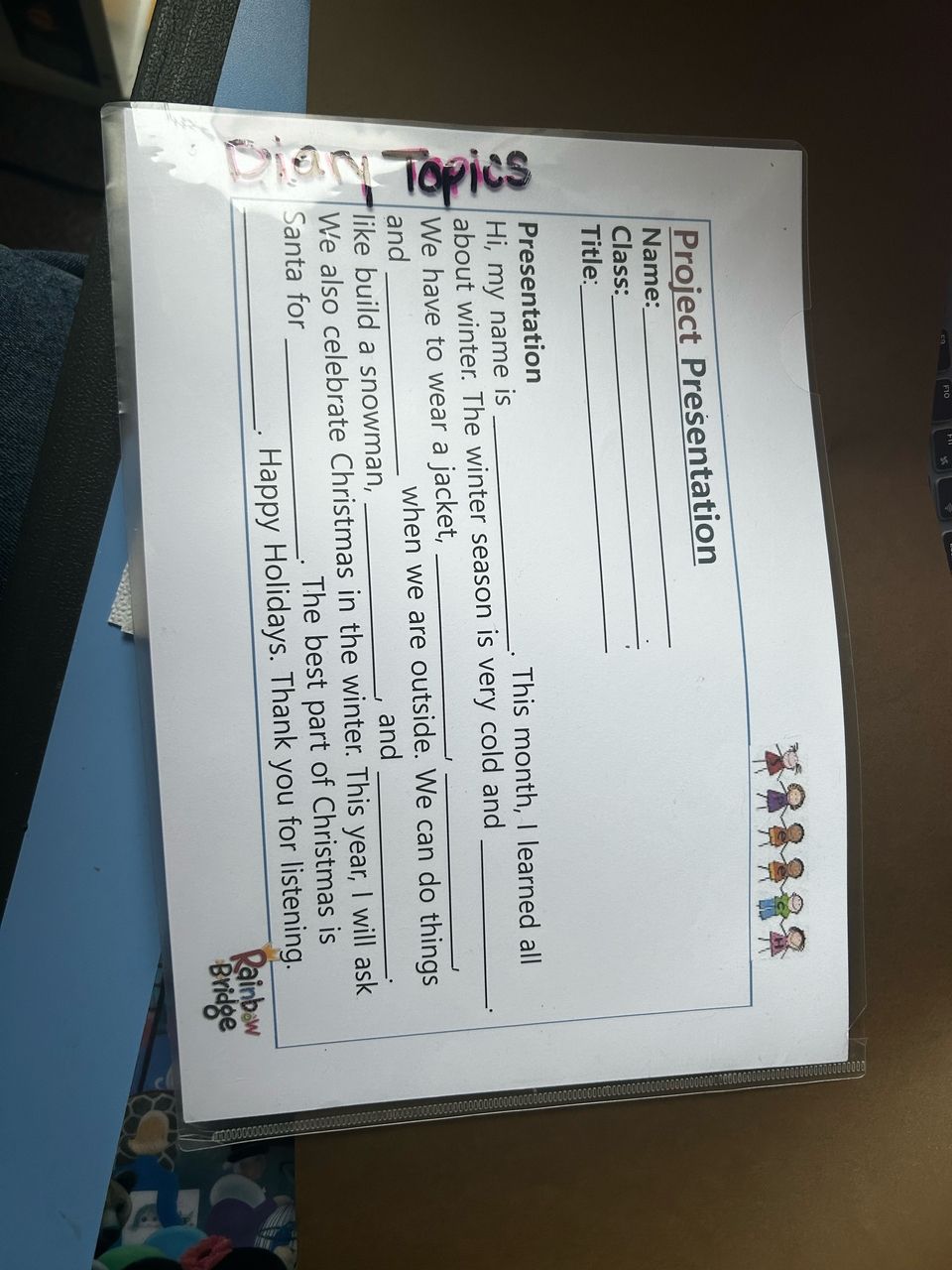
- Keep vocabulary words between 5-10 words at a time
Depending on the fluency level of the students, you can adjust for the amount of vocabulary words learned. Try to introduce no more than 5-10 vocabulary words at once and give some key expressions using the new vocabulary that the student will practice throughout the week.
- Show and Tell
Present new information in fun and engaging ways. Use interactive PowerPoints, videos, and other visual aids to help the students understand. For phonics classes, have the students look at your lip and tongue movements when pronouncing letter sounds. Of course, you can always use verbal instructions, but try to provide examples or models for the students to follow.
Lesson Planning
While most private schools have a set curriculum and lesson plans that are easy to follow, there will be times, especially for public school teachers, that you will have to come up with lesson plans all on your own.
While this might sound difficult, the main goal is to create materials and lessons that are digestible and align with your student’s proficiency level.
- Consider your students
Think about the ages of your students, their proficiency level, and how many students are in your class. This will determine what type of lessons you will be able to do in your class. Because I teach second year 7-year-olds in kindergarten, the lessons are able to be a bit more complex mainly because they are more proficient in English. I also teach third graders, who have been studying English for the past five years. These students are basically fluent in English and we are able to have longer classroom discussions about more difficult topics.
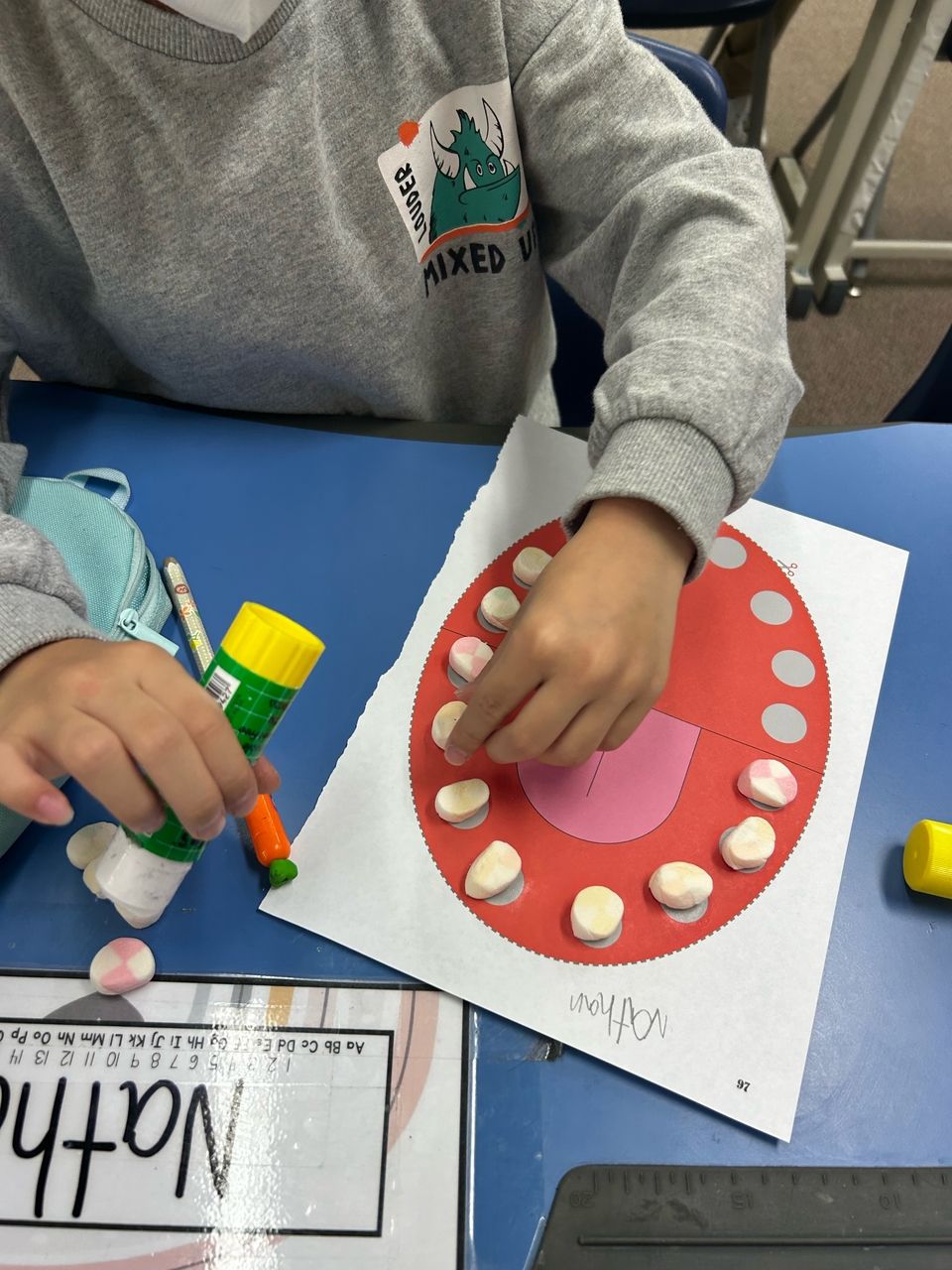
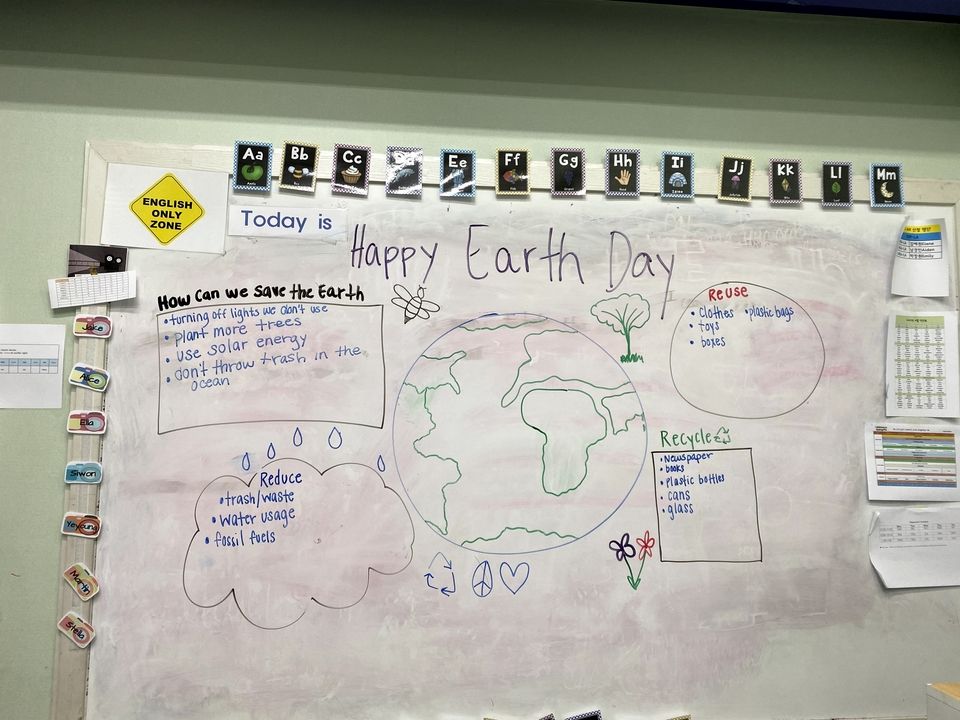
- Choose a topic and then build on it
Because my school has a set curriculum, it is easy to build on the topics covered in the student’s textbooks. For example, if the lesson is about places in our town, I would go over the lesson in the textbooks and then have an extra activity like making a map of your town for the students to do to further understand the lesson. Later, I would then bring in location adverbs into the lesson and ask the students where different places in the town are. This has been the best way for my students to kind of connect the dots between vocabulary, key expressions, and grammar.
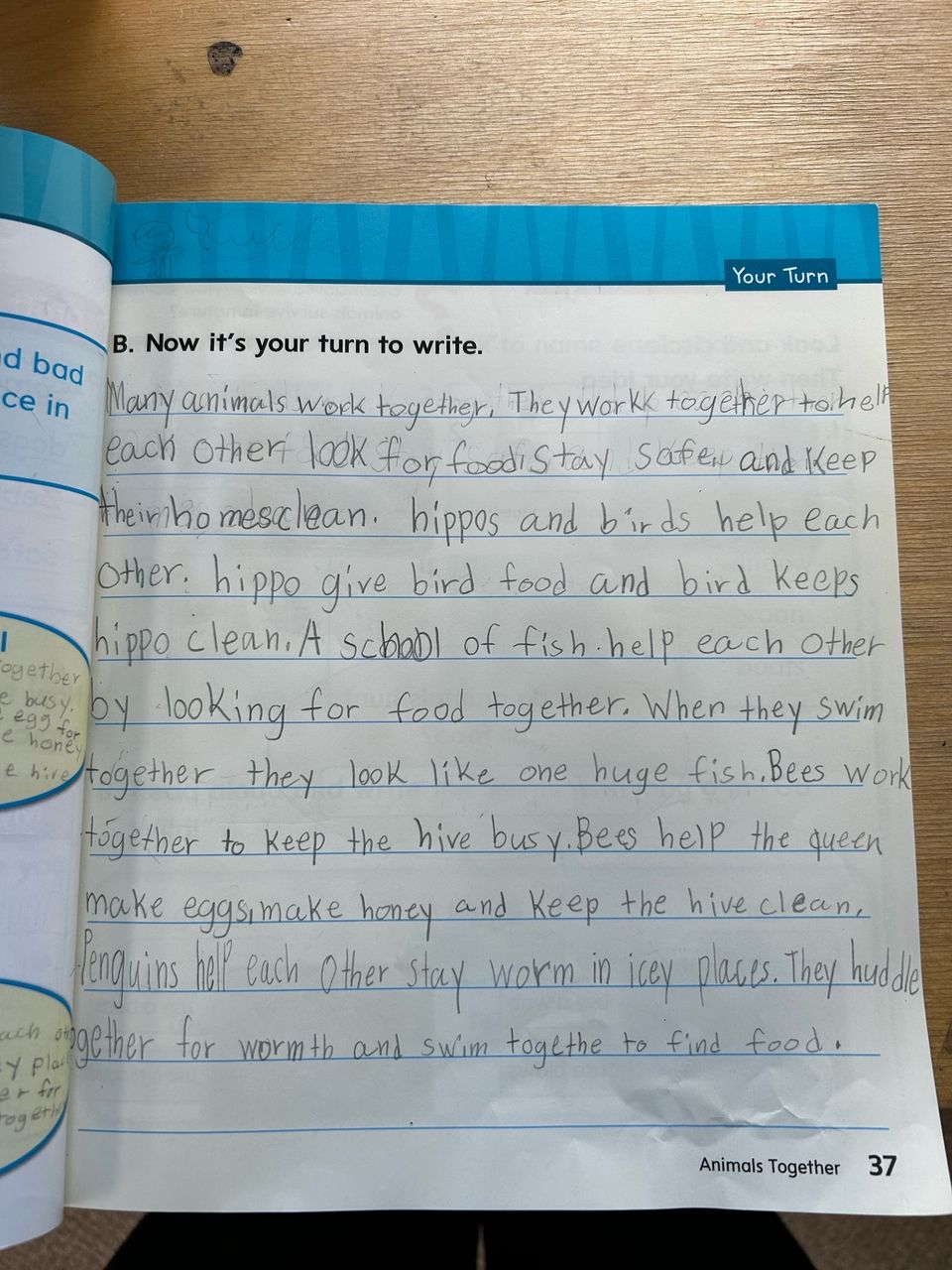

- Use a variety of attention grabbers
One of the things I hated when I was in school was teachers that just lectured or talked at the class rather than taught us. Therefore, I always try to include some type of attention grabbers to engage my students and keep their interests peaked. Including funny but related gifs, 2-3 minute video clips, and songs helps keep students engaged in the lesson and helps the students
Don’t worry about creating lesson plans too much though; there are lots of free materials online to help plan lessons, activities, crafts, and more. Here are the resources I personally use.
TeachersPayTeachers - Once you make an account, you have access to thousands for paid and free activities created by other teachers. It’s the best site to find extra crafts and activities for lessons.
KorShare - This website is specific to English Teachers in Korea. There are lots of games, worksheets, puzzles, and PowerPoint templates. There is also a chat room/forum where people can create threads about topics and ask for opinions and help on activities.
Slidesgo - This is a really good website for finding slide templates that can be used on Google Slides or PowerPoint.
Tay’s Teaching Toolkit - I use this website to find PowerPoint game templates. Most of the games have characters that students will like such as Zootopia, Pokemon, or Super Mario.
Puzzles To Print - This is my favorite website to find word searches, sudoku, crossword puzzles, and madlibs.
Canva - I use this site to create monthly calendars, classroom decorations, customized worksheets, and flyers/newsletters that need to go home.
Teach This - Similar to TeachersPayTeachers, once you create an account, you will have access to hundreds of grammar worksheets and games for all levels of English learners.
ISL Collective - This is a great website to find very niche and specific worksheets. You just need to search for very specific keywords or words in your lesson.
ChatGPT - I use this mainly for help with writing report card comments. Sometimes, it can be hard to word some things in a nice and professional way, so ChatGPT helps me figure out the best wording for all my comments.
Classroom Management
One of my biggest worries going into teaching was classroom management. I knew I didn’t want to be a pushover but I also knew I didn’t want to be too strict or mean when the children would misbehave.
What I have figured out after teaching for 4 years, is that attention grabbers using call and response are the best ways to reel the students back in and regain their focus. I do want to stress that it is crucial that you set up your boundaries and attention grabbers on day one of class.
What works for me is being a bit stricter in the beginning of the year while the students are getting into their routine and then loosening the reins as the students get more comfortable with using English and have their daily classroom routine established.
It is really important to establish these boundaries and expectations for classroom behavior in order to create and maintain a good learning environment. It is equally as important to establish what consequences will take place when classroom rules are broken. For this, I use a sticker sheet reward system.
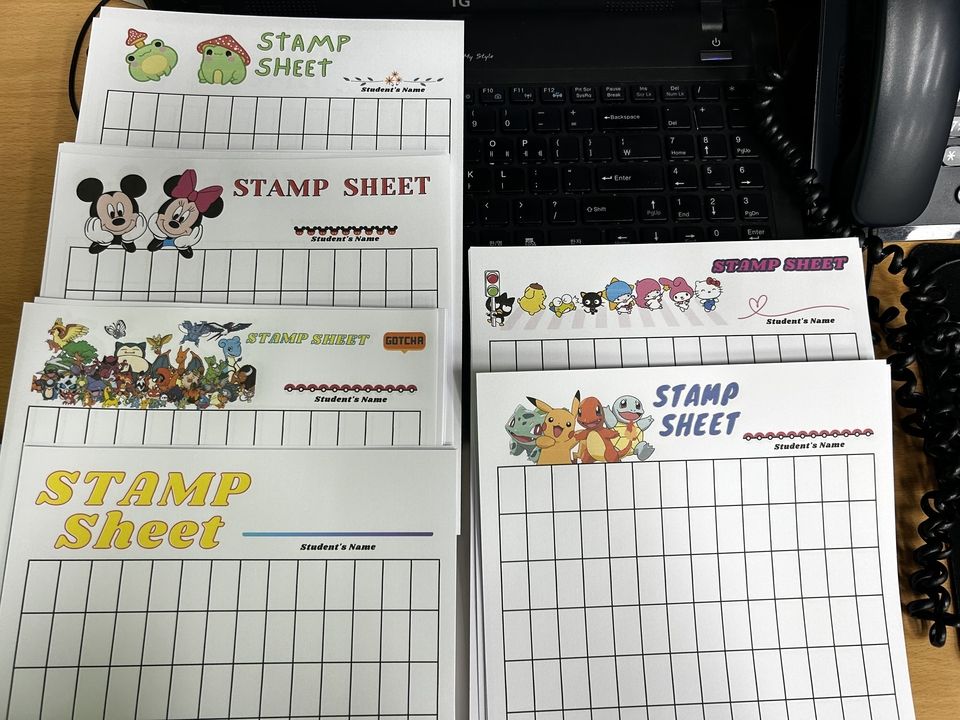
Everyday, the students have the chance to earn three stars on the board. If they earn all three stars, then they are able to put a sticker on their sticker sheet. Once their sticker sheet is full, they are able to choose a prize from the treasure box (which is usually filled with pencils, pens, small toys, and knick knacks - all things that you can get from Daiso).
Keep in mind, every teacher’s experience is gonna be different but hopefully these tips will be able to make teaching a lot easier.
Related Posts
How to Go to the Doctor in South Korea as an English Teacher: A Guide to Healthcare and Health Insurance
As an English teacher in South Korea, maintaining good health is essential while living abroad. Navigating the healthcare system can seem daunting and stressful at first, especially if you can’t... keep reading
CIEE CHINGU – A Partner Program for Teachers in Korea
Chingu ( 친구 ) is the Korean word for friend . CIEE Chingu is a partner program included in CIEE’s Teach in South Korea programs! Our goal is to connect... keep reading
TWICE with CIEE: Kayleigh in Korea (PART 1)
Kayleigh is a CIEE alum who participated in CIEE's Teach in South Korea program AND CIEE’s Teach in Spain Volunteer program! CLICK HERE to read her experience in Spain. WHY... keep reading




